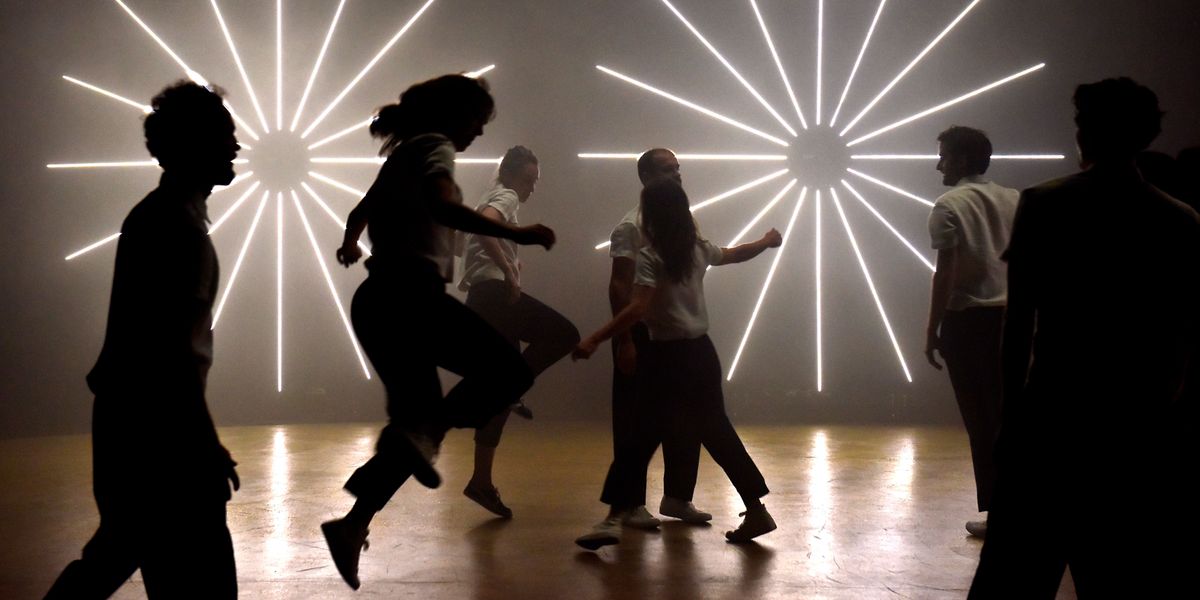FEDORA is Looking to Change How Dance is Funded in Europe—and Giving Major Prizes Along the Way
What do Alexei Ratmansky and rising Israeli star Sharon Eyal have in common? Both have had creations partly funded by an innovative new organization: FEDORA, which was launched in 2014 as a tribute to composer Rolf Liebermann by French arts patron Jérôme-François Zieseniss to promote innovation and collaboration in ballet and opera across Europe.
Since then, this Paris-based funding organization has built a network of 80 members, most of them opera houses and companies, from 20 countries. Every year, it awards a Prize for Ballet (as well as a sister Prize for Opera) to an upcoming new production by one of these institutions, elected by a jury of professionals; the dance award, sponsored by Van Cleef & Arpels, is worth €100,000, or approximately $118,000. This year, it went to the William Forsythe–choreographed A Quiet Evening of Dance, which premieres at London’s Sadler’s Wells in October.
FEDORA aims to plug a gap in European arts funding: While public support for the performing arts has traditionally been strong on the continent, private giving isn’t nearly as common as it is in the U.S. Following the 2008 economic crisis, however, government funding has declined in many countries. “The mind-set of philanthropy isn’t as established here, so a certain education has to be done to build awareness,” says Edilia Gänz, the director of FEDORA.
Past winners make up a diverse group, from Ratmansky’s The Sleeping Beauty (co-produced by American Ballet Theatre and Milan’s La Scala) to Eyal and Gai Behar’s Love Chapter 2 and French choreographer Christian Rizzo’s Le syndrome ian. “The only criteria is that it needs to be newly commissioned or reinterpreted work, made by an artistic team from different backgrounds, and it has to be a coproduction, in order to encourage the work’s international mobility,” says Gänz.
One unusual feature of FEDORA is that unlike most prizes, it is awarded to projects ahead of their premieres. “We’re supporting ideas, the risk involved in making new work,” Gänz says. “It also helps the institutions to find and detail their pitch.”
The European Union has already recognized the value of FEDORA’s outlook: In 2017, the organization was awarded $2.35 million over four years as part of the EU’s Creative Europe program in order to develop new initiatives, beginning with an online funding platform, which went live earlier this year. As part of it, in addition to the annual Prize for Ballet, nominated projects will benefit from a crowdfunding campaign, to promote individual giving.
There is still a ways to go for this mixed-funding model to become the norm in Europe. This spring’s trial run of the crowdfunding campaign raised small amounts of money for projects by Forsythe, Emanuel Gat Dance, Birmingham Royal Ballet and the Czech Republic’s National Theatre Brno. “It is still fairly new, and there are obstacles,” says Gänz. “But we want to show that philanthropy is essential to encourage innovation.”




